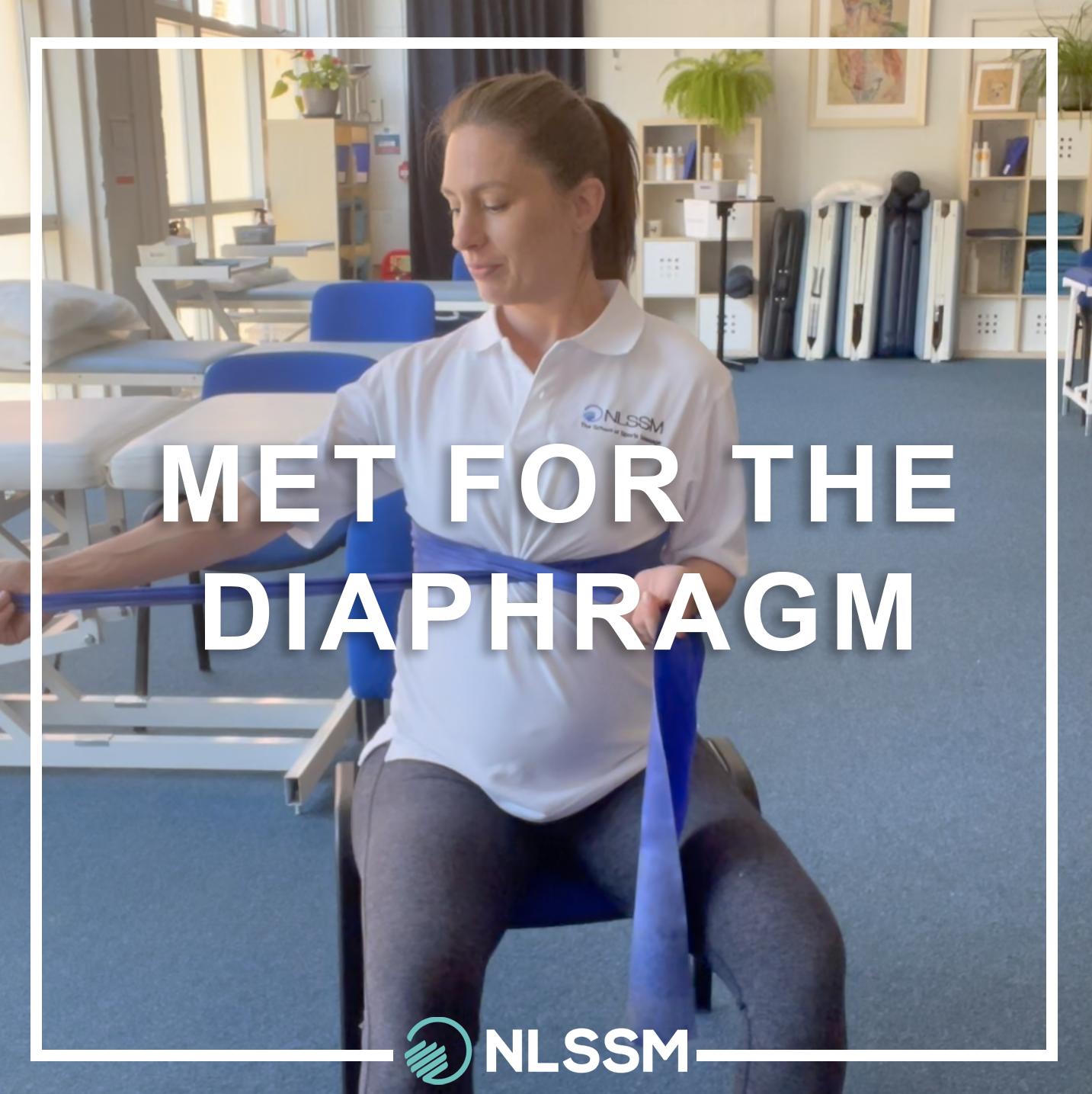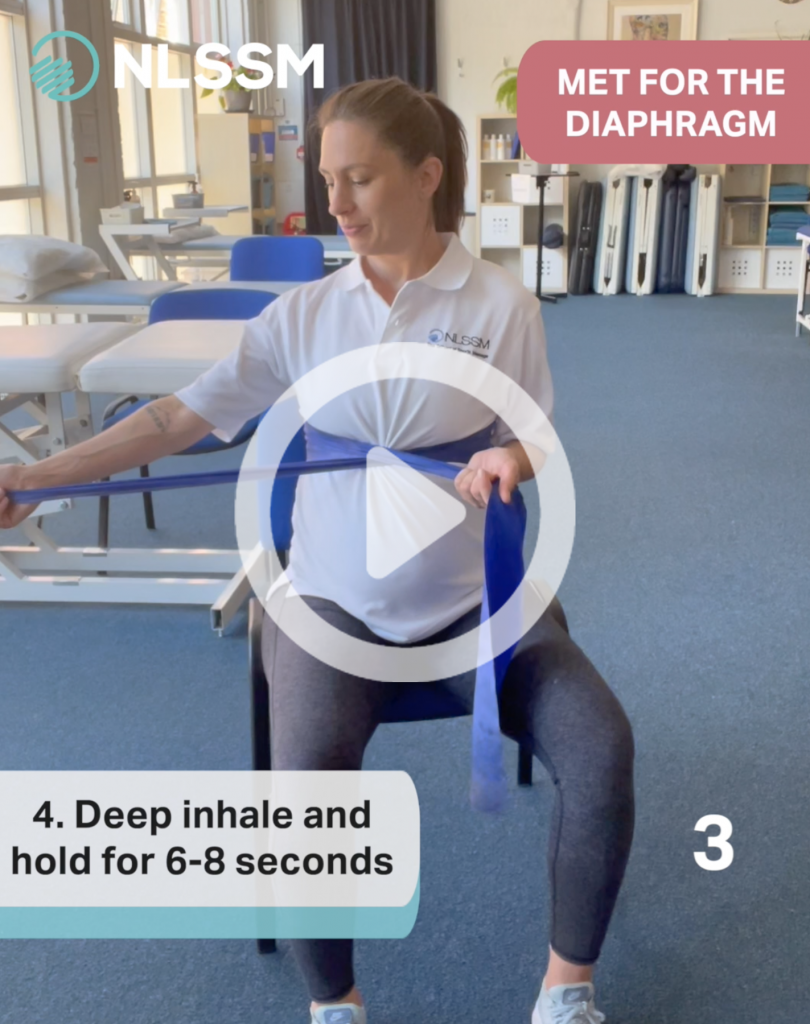A great one for client home care or to even do on yourself!
What is a Muscle Energy Technique (MET)?
By definition MET is ‘designed to improve musculoskeletal function through mobilising joints and stretching tight muscles and fascia, to reduce pain, improve circulation, and lymphatic flow.’ (1). In practical terms, we ask the client to use their energy (using a muscle contraction) to enable a physiological chain of events to occur. This chain of events differs depending on which muscle the client is asked to contract. It is designed to be subtle and not invasive.
The Diaphragm’s Purpose
The process of breathing or in medical terms, pulmonary ventilation is predominately driven by the diaphragm contracting and relaxing to change the pressure within the thoracic cavity allowing us to inhale and exhale.
- Inhale – diaphragm is contracting / active
- Exhale – diaphragm relaxes
Reasons to use MET with the Diaphragm
- Help support recovery from an illness that has compromised optimal breathing patterns (think covid)
- Facilitate support for the parasympathetic nervous system – think stressed individuals, shallow breathers
- Did you know that there is a strong relationship between diaphragmatic function and pelvic floor muscles? (2)
- Stiff thoracic region? Deep diaphragmatic inhalation will encourage thoracic extension. Go on…Try it!
- Encouraging diaphragmatic breathing may help reduce physiological and psychological stress (3)
How To...
Step One – Testing thoracic range of motion
In a seated position, have your client rotate their upper body in both directions. When rotating keep the chin in line with the sternum for true rotational feedback.
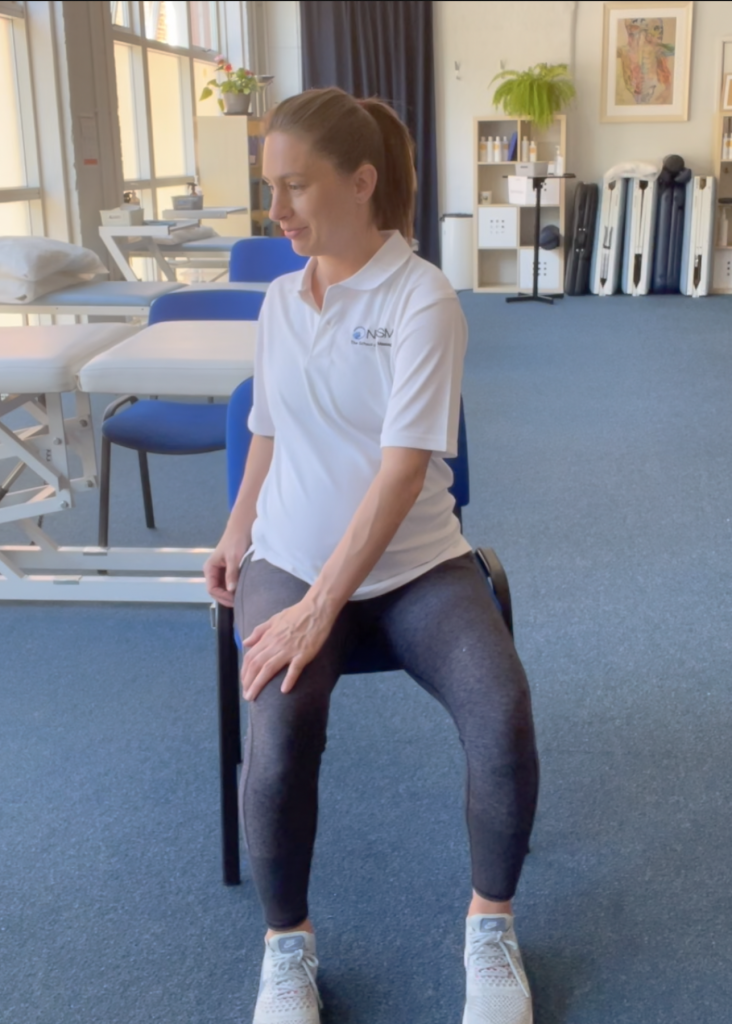
Step Two – Access all sides
In neutral, ask the client to inhale deeply. See if they can access the feeling of breathing both into the sides of their rib cage but also into the front and back as demonstrated in the first video. Remember the diaphragm attaches to the lateral, posterior and anterior sides of the thoracic cavity. Think 3D!
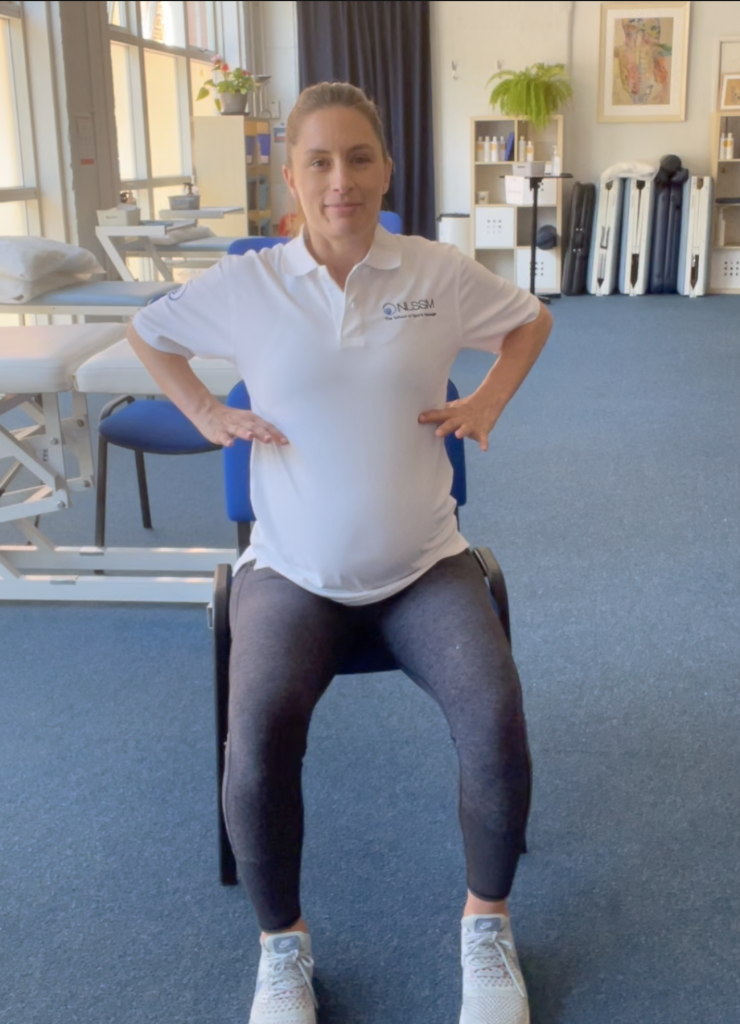
Step Three – Use a prop!
We like using a Dyna-Band as it allows for proprioceptive feedback and gentle restriction around the thoracic activity without it being restrictive
Step Four – Performing MET
- Take a medium to light Dyna-Band, and wrap it around the mid-thoracic. Criss-cross the band at the front. Give a gentle pull on both ends. Keep soft shoulders and elbows at your side.
- Take a deep full breath in. Hold the breath in for 6-8 seconds.
- As you exhale gently rotate to one side until you feel a minor resistance in movement. Start with rotation to the side that feels more restricted.
- Rest here in the rotation for a breath cycle
- Deep inhale and hold again for 6-8 seconds
- Exhale – move further into the rotation. Remember to grow tall
- Repeat x 2-3. Then re-test your rotation to both sides and notice the difference in the two sides of your body on inhalation and also in your rotation!
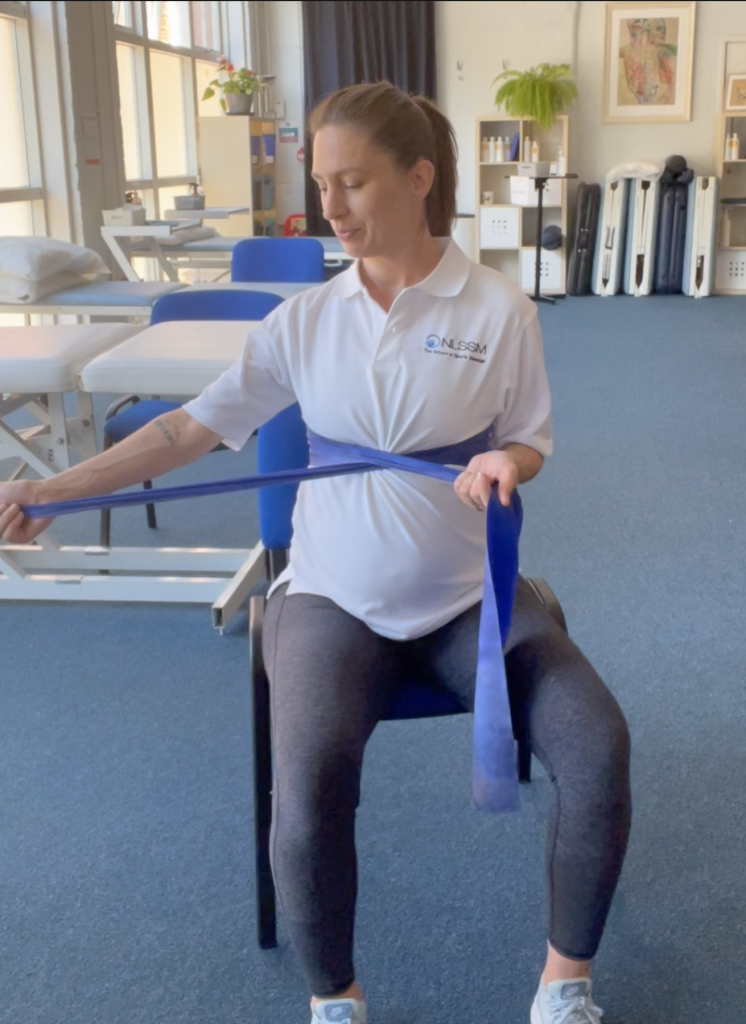
Disclaimer - As you can see Cassandra is pregnant here and modifying accordingly to her condition. She is demonstrating safe Tx rotation for her stage of pregnancy because of her knowledge of working with pre-natal clients. So always make sure you modify for your client population. If in doubt on how to safely modify, refer on!
Continue your learning...
We run two CPD workshops in this area; MET Post Isometric Relaxation (PIR) and MET Reciprocal Inhibition (RI).
With MET, you are able to improve your rehabilitation and treatment outcomes and increase your ability to be precise.
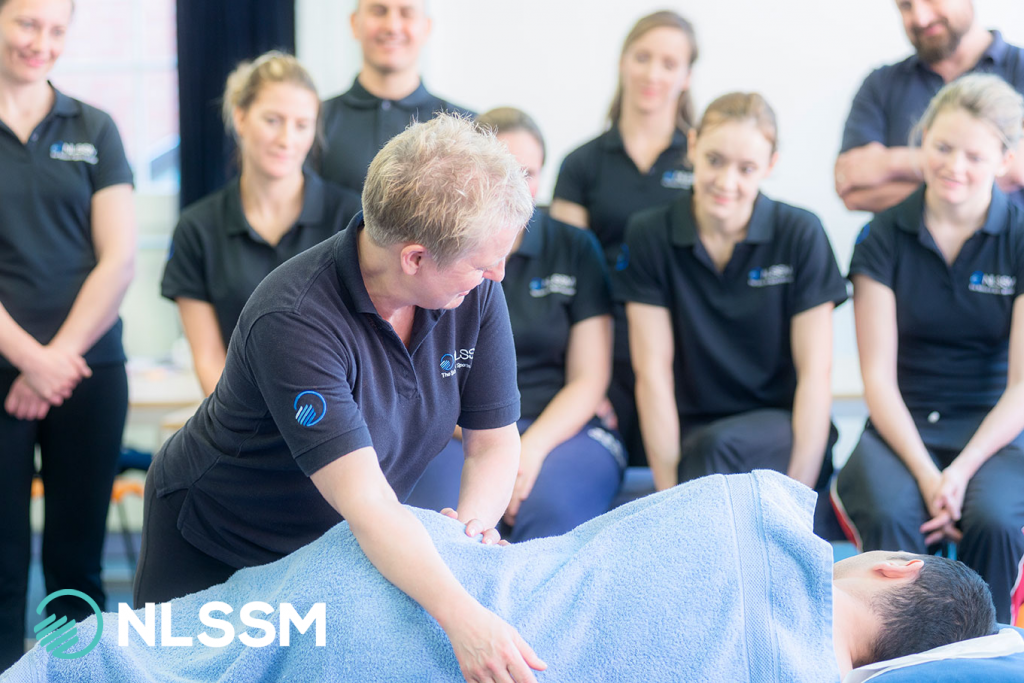
Both workshops are one-day and include an online portion of technique videos and resources to assist you in your learning.

